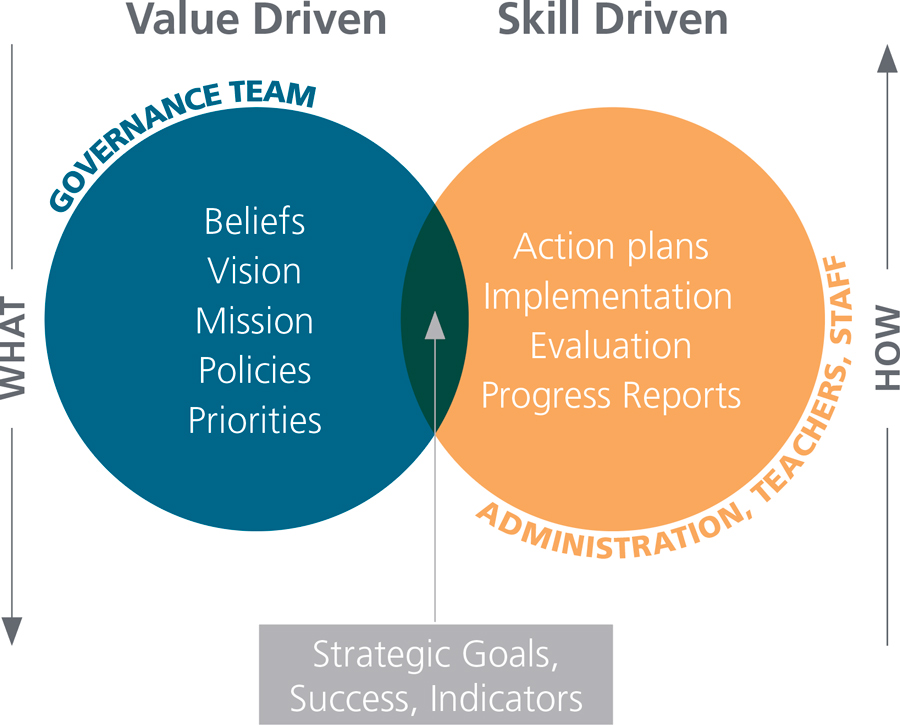Tips and resources for new board members
“Know and live by the mission and vision of your LEA,” said Rivera. “Priorities are critical; there are so many things you can do in a district, but given the resources, you cannot do everything. When you say everything is a priority, then nothing is a priority. If you are clear in your priorities, your superintendent and staff will know how to implement them.”
Another important area to cover is how the board interacts with different groups connected to the school such as PTAs, community groups, English Learner Parent Advisory Committees as well as any other committees formed to provide input to the board.
- Who are we?
- What is our common ground?
- What is our purpose?
- What do we want to accomplish?
- To whom are we responsible?
- What legacy do we want to leave?

4. Follow governance protocols. The board should discuss and agree upon structures and processes to carry out board responsibilities.
 traits of an effective trustee
traits of an effective trustee- Mindful of their governance role
- Carries out duties in a professional manner
- Focused on student achievement and district goals
- Comes to board meetings well prepared, knowing the topics and issues
- Systems thinker
- Deep learner who knows the topics and issues well
- Committed to their work
- Understand which subjects are confidential (i.e., subjects of closed session meetings)
The Brown Act: Explore the intricacies of the complex act and learn how to apply the law. Learn more at https://bit.ly/2KI55xR.
Masters in Governance: Through five targeted courses, CSBA’s signature training program equips board members and superintendents with the knowledge and skills to build and support an effective governance structure. Learn more at https://bit.ly/2LQlbWY.